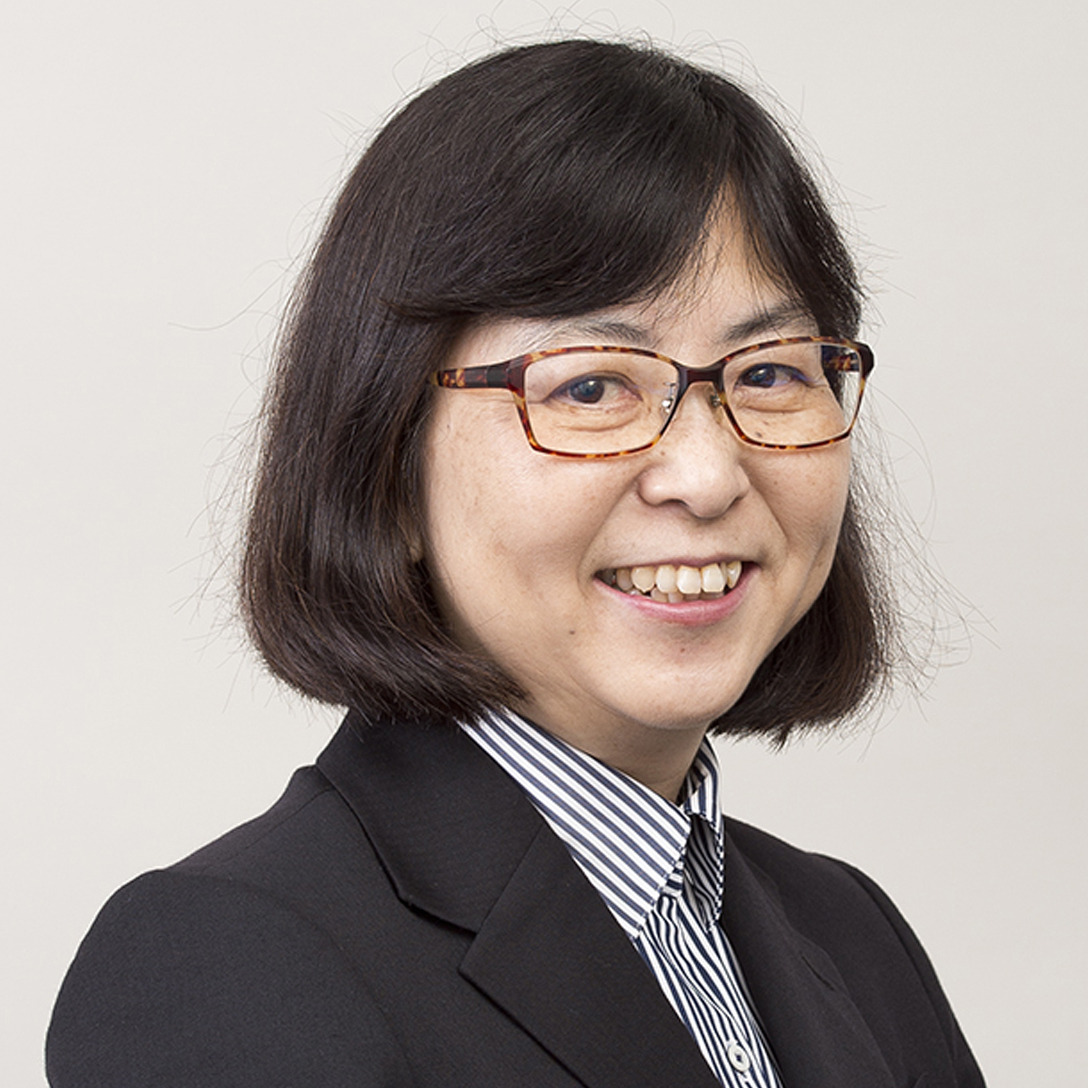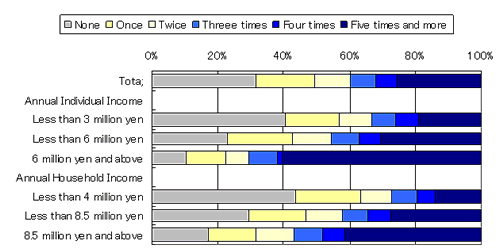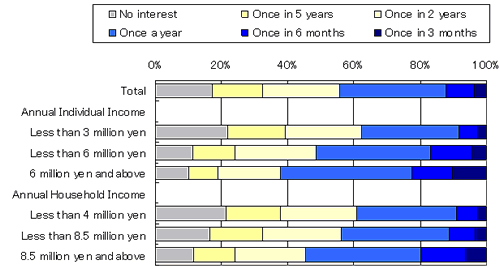Have All Japanese Youth stopped Consuming?
In Japan today, young people in their twenties appear to have lost their vitality. As JTM report has previously analyzed, the decline in international departure by female in their twenties is one of the primary reasons for Japan's weak growth in number of travelers abroad.

Keiko Wakahara Columnist
In Japan today, young people in their twenties appear to have lost their vitality. As JTM report has previously analyzed, the decline in international departure by female in their twenties is one of the primary reasons for Japan’s weak growth in number of travelers abroad.
However, Japanese youth in their twenties’ lack of liveliness is not limited to overseas travel market. They seem to have no attraction to cars, liquor, electric appliances and brand items, thereby creating a social image that they are hardly interested in consumption. Almost every industry in Japan including automobile and liquor companies is lost at how to target the consumers in their twenties.
“An Extraordinary Change: Consumption by Youth In Their Twenties”, is an interesting and detailed research conducted by Nikkei Institute of Industry and Regional Economy. The research analyses trends in consumption by young people in their twenties comparing with consumers belonging to “Dankai Junior ” generation *1. currently in their thirties. The research reveals that in contrast to the Dankai Juniors, the active generation introducing subcultures such as “Kogal”*2., the “Post-Dankai Junior” generation now in their twenties are rather inward oriented, enjoying themselves at home on holidays doing housework and are positive in saving money too, for concerns in the future.
In the meantime, however, the existing requirements to obtain a group tourist visa have been a large obstacle to boost the number of tourists originated in China to Japan. Therefore, further expansion of FITs and diversification of consumers’ preference and distribution channels might still take time.
The research may be accurately drawing the picture of young consumers. In the meantime, however, could it be an overall illustration of Japanese youth in their twenties?
According to JTM’s 2007 survey on Japanese OLs*3. working in office buildings located in central Tokyo area–thus meaning that many of them are employed by large firms including major trading companies–60% of respondents in their twenties travel abroad without business purposes more than once in the past two years. And 60% enjoy concerts, theaters and movies once a month. Among the entire respondents in their twenties, 60% contested that they like to improve themselves, setting high goals and make efforts for fulfillment. Recently in Japan, female golfers are seen more often at luxury golf courses where leading financiers and business executives are the members. This might also reflect some of young female’s potential.
Although the consuming power of young people in their twenties does shrink in numerous markets, what may be found here is the possibility that certain amount of “winners” apparently exist in this age group. With better education and employment, such people consume as much as previous generation used to and some may spend even more, just as “dokushinkizoku (aristocratic single).
Looking again at the Nikkei research result, differences do exist among consumers in their twenties according to their income level.
One distinction is traveling abroad. Travel experience varies in accordance with their annual individual income (see Chart 1). 60% out of the group earning 6 million yen and above per year already traveled abroad for more than 5 times. People with no overseas travel experience remain 10% among the “6 million and above”, while the proportion rises as much as 40% among the group earning less than 3 million yen a year.
Regarding future travel plans too, a gap lies in the difference in annual income (see Chart 2). Less than 40% of lower income group (annual individual income: 3 million yen and less) wishes to travel abroad more than once a year, while 60% of higher income group (annual individual income: 6 million yen and above) desire to. In case of annual household income and travel experiences/plans, they were correlated to each other, just as the difference caused by income amount.
In the Nikkei research, activeness on holidays, such as car driving and watching or playing sports, also saw a gap according to one’s income. In addition, this situation is seen in the ownership of personal belongings including cars, personal computers, digital cameras, sport equipments such as for tennis, skiing and golf, credit cards, designer-brand suits, bags, watches and so on. Although the consumption gap according to annual individual income is not so visible among consumers in their thirties, it can be obvious among the ones in their twenties. The higher income one makes, the more active one becomes and the more items one will own. Hence the income gap is affecting particularly leisure activities and purchases of activity-related items.
It can be analyzed that income influences consumer trends in young Japanese in their twenties today. The ones with higher income, high goal setting in life and high motives to consume can remain expected as a potential market segment. The issue lies in whether the group of lower income could have a similar motive to consume from now on.
Taking an expert view, another influential factor besides the income gap would be young people’s consumption experiences by individual, based on one’s family environment and educational level. Rich consumption experiences in their teenage and early twenties, such as purchasing only what is high in quality or taking part in activities that is truly valuable to oneself, could be hypothesized as that he/she may grow up to be a vital consumer later on. The current shrinkage of consumers in their twenties may see an upturn in the future, so long as they have more quality consumption experiences now. This may sound too optimistic, however, the experts are positive on the behaviors of the young consumers in Japan.
*1. “Dankai Junior ” generation–second generation baby boomers
*2. “Kogal”– a subculture of girls and young women in urban Japan
*3. OLs–Abbreviation of “Office Ladies”, meaning female office workers in Japan
Chart 1: Experiences in Overseas Travel (youth in their twenties)

Chart 2: Plans for Overseas Travel (youth in their twenties)

Source: “An Extraordinary Change: Consumption by Youth In Their Twenties” by Nikkei Institute of Industry and Regional Economy, 2008
